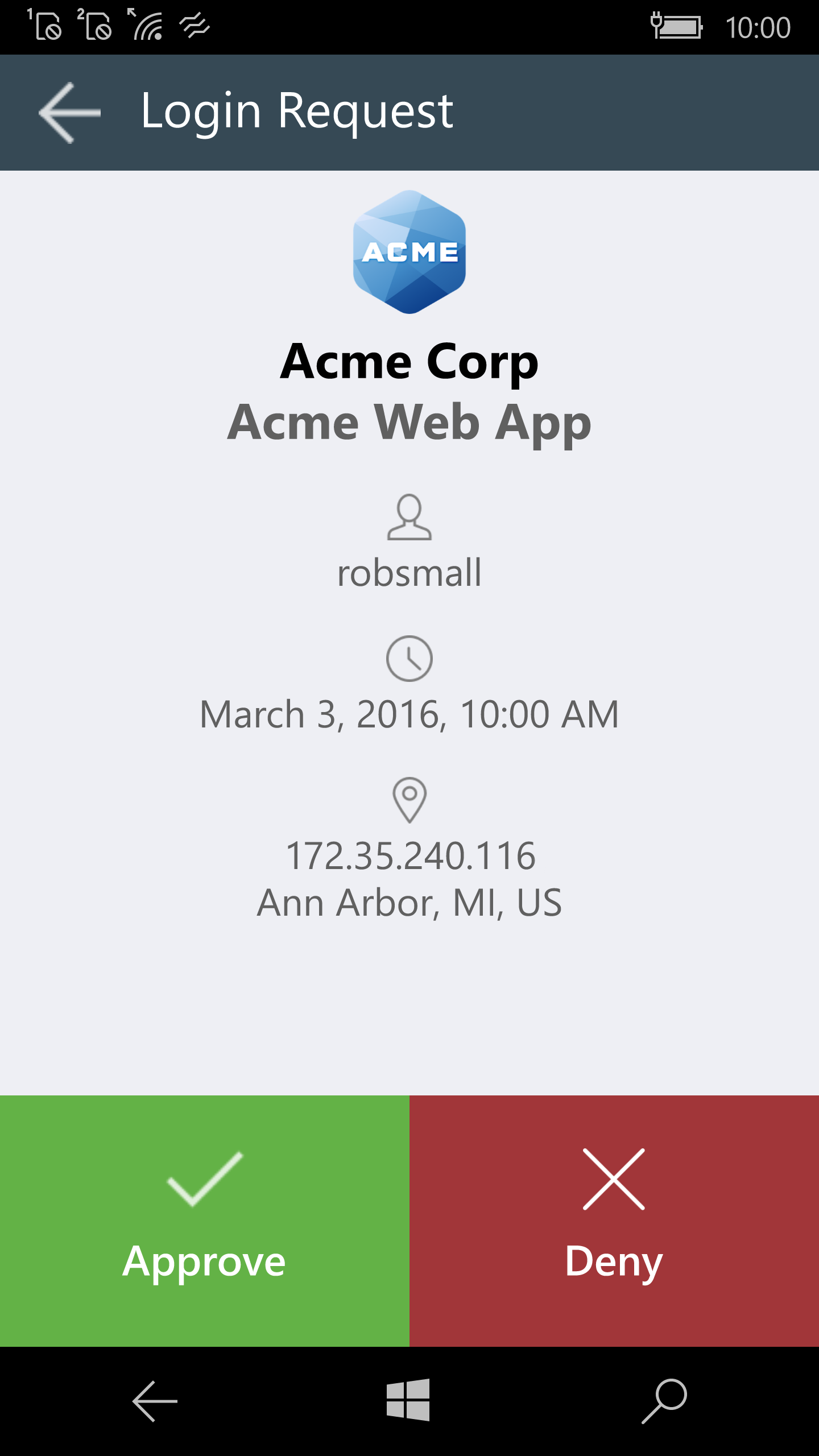Pof Two Factor Authentication
This type of authentication system is called 2 Step (or Multi-Factor) Authentication since you must not only login with your user name and password, but you also must receive a secret code from an alternate device and enter that information in as well. Easy and simple. If you run into any user who's making you jump through hoops to communicate with you, it is a 100% scam. He was trying to use your phone number set up his Google Voice account most likely. You did the right thing. Look up “google voice verification code scam”. I rarely give out my number.
What Is 2-Factor Authentication On Plenty Of Fish? - The ...
Passwords today are problematic. They’re easily guessed, bypassed, stolen and, as far as securing things go, often bad at their job. Although it’s hard to beat the humble password when it comes to cheap, fast and convenient verification, it won’t always promise to be a secure solution.
But have no fear. There are more secure, solid, and reliable solutions out there, and it’s time they get some spotlight.
You’ve probably heard the terms “two-factor” or “biometric” authentication before (heck, I promote two-factor authentication whenever I get the chance). Multi-factor authentication, too, is starting to take off in the workplace. With all of these terms floating around, it’s easy to confuse the different methods of authentication.
So, let’s take a minute to break down the different forms of authentication, how they work, and how they can help to secure your information online.
Single-factor authentication. Single factor authentication is the simplest: it’s just you matching one thing to verify yourself online. The most popular example of this would be your password to your username. It’s the basis of the majority of digital verification today, and a method you likely use daily to log into online accounts.
Two-factor authentication.Two-factor authentication is a bit more complicated. In addition to your password/username combo, you’re asked to verify who you are with something that you – and only you — own, such as a mobile phone. Put simply: it uses two factors to confirm it’s you.
There’s a good reason for this: today, getting access to something supposedly confidential isn’t that hard. Many companies and consumer profiles are compromised because of simple, easy to guess passwords. By requiring a second form of identification,” to log in, hackers are limited in what they can pull off.
Today’s most popular two-factor systems usually work by sending a unique code to the phone paired with your account. But there’s a problem with this approach: it’s not true two-factor authentication. It’s actually just the sharing of randomly generated knowledge between a company and a user, a process that assumes the user owns the device paired with the two-factor system.

This system can be broken by intercepting that bit of shared knowledge — the unique code — between the two parties. Some hackers have managed to route the code-bearing messages before they’ve reached their intended recipient. Others have created duplicate, malicious copies of popular websites in an attempt to intercept credentials.
But there’s good news: both methods of interception take a lot of work and expertise to pull off. For many of us, this common method of two-factor authentication is plenty safe.
So what does “true” two-factor authentication look like? This involves giving users a unique device — one used internally, without Internet connection, such as a security token — that generates a unique code for the user to enter. That unique code, which usually changes at set intervals, is then matched with a profile on a database — making it very, very hard to guess.
Multi-factor authentication. In addition to the password/username combo, multi-factor authentication requires that users confirm a collection of things to verify their identity — usually something they have, and a factor unique to their physical being —think retina or fingerprint scan. Other forms of authentication can include location and the time of day.

While multi-factor authentication seems like a sci-fi fantasy, it’s actually pretty common, particularly among banks. But this system is ready to go even further. Thanks to advances in camera technology, we’re now implementing a new secure method of recognition today: facial recognition. If you want to learn more, check out how True Key™ by McAfee Log in using your face, fingerprint or a second device you own instead of typing passwords.
So, what should you take away from this overview? Here are a few tips to keep you safe online:
Use true two-factor and multi-factor authentication whenever you can. Both are solid, reliable methods of verification, so take advantage of them.
Plenty Of Fish Two Factor Authentication
Keep an eye out for biometric authentication. Day by day, biometric authentication is becoming more commonplace. Use of fingerprint readers, like Apple’s Touch ID, will see widespread adoption in the near future. If you’re in the market for a new device, be sure to consider one with biometric authentication capabilities.
POF Adds Phone Verification To Their Website - Dating Sites ...
Use a comprehensive security solution. Few things beat having a comprehensive security solution. Both McAfee® LiveSafe™ and McAfee® Total Protection include the True Key™ app, which allows you to log in to your devices, favorite sites, and apps using facial recognition and tributes unique to you.

See All Results For This Question
And of course, stay on top of the latest consumer and mobile security threats by following me and @McAfee_Home on Twitter, and Like us on Facebook.